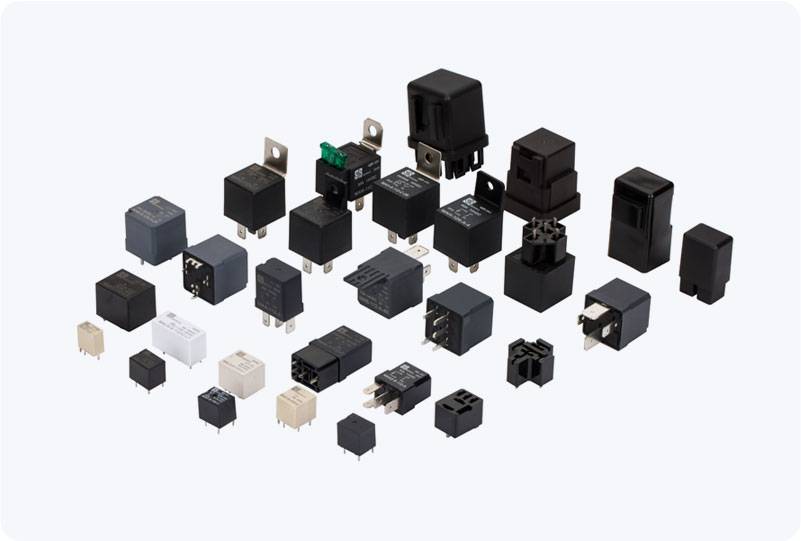In the world of electrical systems, relays are critical components used to control high-power circuits by using low-power signals. These devices are essential in industrial automation, automotive systems, and power distribution. One of the most persistent challenges engineers face when working with power relays is contact welding. This phenomenon occurs when the relay contacts become fused due to high temperatures caused by the arcing of electrical current during switching operations. As a result, the relay may malfunction or even fail entirely, impacting the performance and safety of the entire system. To address this problem, numerous solutions have been developed, which are collectively referred to as “Power Relay Contact Welding Solutions.”

The Nature of Contact Welding Contact welding in power relays is primarily caused by excessive current, voltage, or both, when the contacts are either closed or opening. As the current flows through the relay, especially under heavy load, an electrical arc can form between the contacts. This arc generates significant heat, which can melt or vaporize the contact material. Over time, this leads to the welding of the contacts, causing the relay to become stuck in either an open or closed state. This not only affects the relay’s ability to operate effectively but also results in system downtime and potential safety hazards.